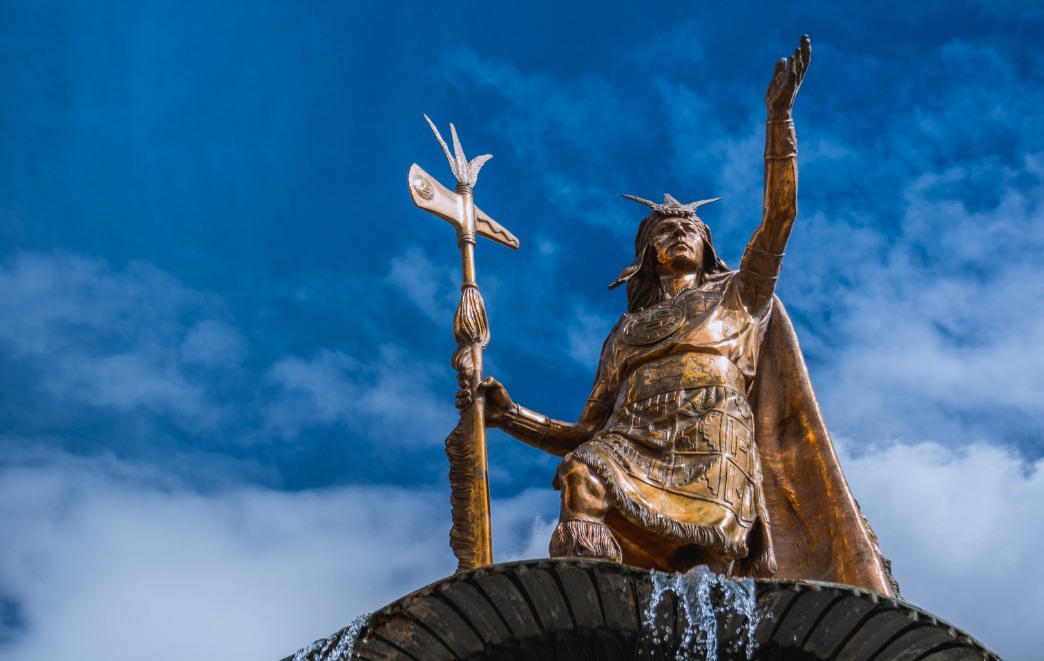Welcome to Facts Vibes! Today, we’re delving into the fascinating world of the Inca civilization. Get ready to uncover fun facts about the Inca, from their awe-inspiring architecture to their advanced agricultural techniques. Let’s embark on a journey through history to explore the remarkable legacy of the Inca people.
The Intriguing Civilization of the Inca: A Journey into Fascinating Facts
The Intriguing Civilization of the Inca: A Journey into Fascinating Facts
The Inca civilization, which thrived in the Andean region of South America from the 13th to the 16th century, continues to captivate the world with its remarkable achievements and enigmatic legacy. The empire spanned a vast territory, encompassing parts of present-day Peru, Bolivia, Ecuador, Chile, and Argentina. At the height of its power, the Inca Empire was the largest in pre-Columbian America, boasting a highly sophisticated society with advanced engineering, agriculture, and artistic skills.
One of the most remarkable aspects of the Inca civilization is their architectural prowess, as seen in the breathtaking citadel of Machu Picchu, often hailed as one of the New Seven Wonders of the World. The precision of their stone masonry, without the use of mortar, still puzzles modern engineers and historians. Their road network, known as the Inca Road or Qhapaq Ñan, linked the diverse landscapes of the empire, showcasing their mastery of construction and engineering.
The Inca’s achievements in agriculture are equally impressive, as they ingeniously adapted to the challenging terrains of the Andes mountains. They developed terrace farming, effectively cultivating crops at different altitudes. The Inca also utilized advanced irrigation systems, allowing them to thrive in regions with varying levels of precipitation.
Furthermore, the Inca society was organized around a centralized state with a complex administrative system, featuring a network of officials and leaders who oversaw various aspects of governance and religious practices. Their reverence for nature, embodied in their worship of the sun god Inti and other natural elements, permeated all aspects of their culture and daily life.
Despite the allure of their accomplishments, the Inca civilization met its demise with the arrival of Spanish conquistadors in the 16th century. The conquest led to the downfall of the empire and the loss of invaluable knowledge and cultural heritage.
As we delve into the fascinating facts of the Inca civilization, we are reminded of their enduring impact on history and the ongoing efforts to unravel the mysteries of this mesmerizing ancient culture.
Most popular facts
The Inca Empire was the largest empire in pre-Columbian America.
True.
The Incas built an elaborate network of roads and bridges.
The Incas built an elaborate network of roads and bridges.
Machu Picchu is one of the most famous Inca archaeological sites.
Machu Picchu is one of the most famous Inca archaeological sites.
The Inca language, Quechua, is still spoken by millions of people today.
Yes, Quechua is still spoken by millions of people today.
The Incas were skilled agriculturalists and built extensive terraces for farming.
The Incas were skilled agriculturalists and built extensive terraces for farming.
The Inca used a system of knotted strings called quipus for record-keeping.
The Inca used a system of knotted strings called quipus for record-keeping.
Inca society was based on a strict hierarchical structure with the emperor at the top.
The Inca society was based on a strict hierarchical structure with the emperor at the top.
The Inca worshiped nature and considered the sun to be the most important deity.
The Inca worshiped nature and considered the sun to be the most important deity.
The Inca had a sophisticated understanding of astronomy and built observatories.
The Inca had a sophisticated understanding of astronomy and built observatories.
The Inca practiced cranial deformation as a sign of social status.
Yes, the Inca practiced cranial deformation as a sign of social status.
The Inca had a highly organized system of labor and taxation called mit’a.
The Inca had a highly organized system of labor and taxation called mit’a.
Inca architecture is characterized by finely cut stone blocks without mortar.
Inca architecture is characterized by finely cut stone blocks without mortar.
The Inca were skilled metalworkers and created intricate gold and silver objects.
The Inca were skilled metalworkers and created intricate gold and silver objects.
The Inca excelled in textile production and created colorful and intricate fabrics.
The Inca excelled in textile production and created colorful and intricate fabrics.
The Inca believed in reincarnation and mummified their dead.
The Inca believed in reincarnation and mummified their dead.
In conclusion, the fun facts about the Inca offer a fascinating glimpse into the rich history and culture of this ancient civilization. Their remarkable achievements in architecture, agriculture, and astronomy continue to inspire awe and curiosity, providing valuable insights into the complexities of human ingenuity. The Inca’s enduring legacy serves as a testament to their extraordinary resilience and ingenuity, leaving an indelible mark on the world.
